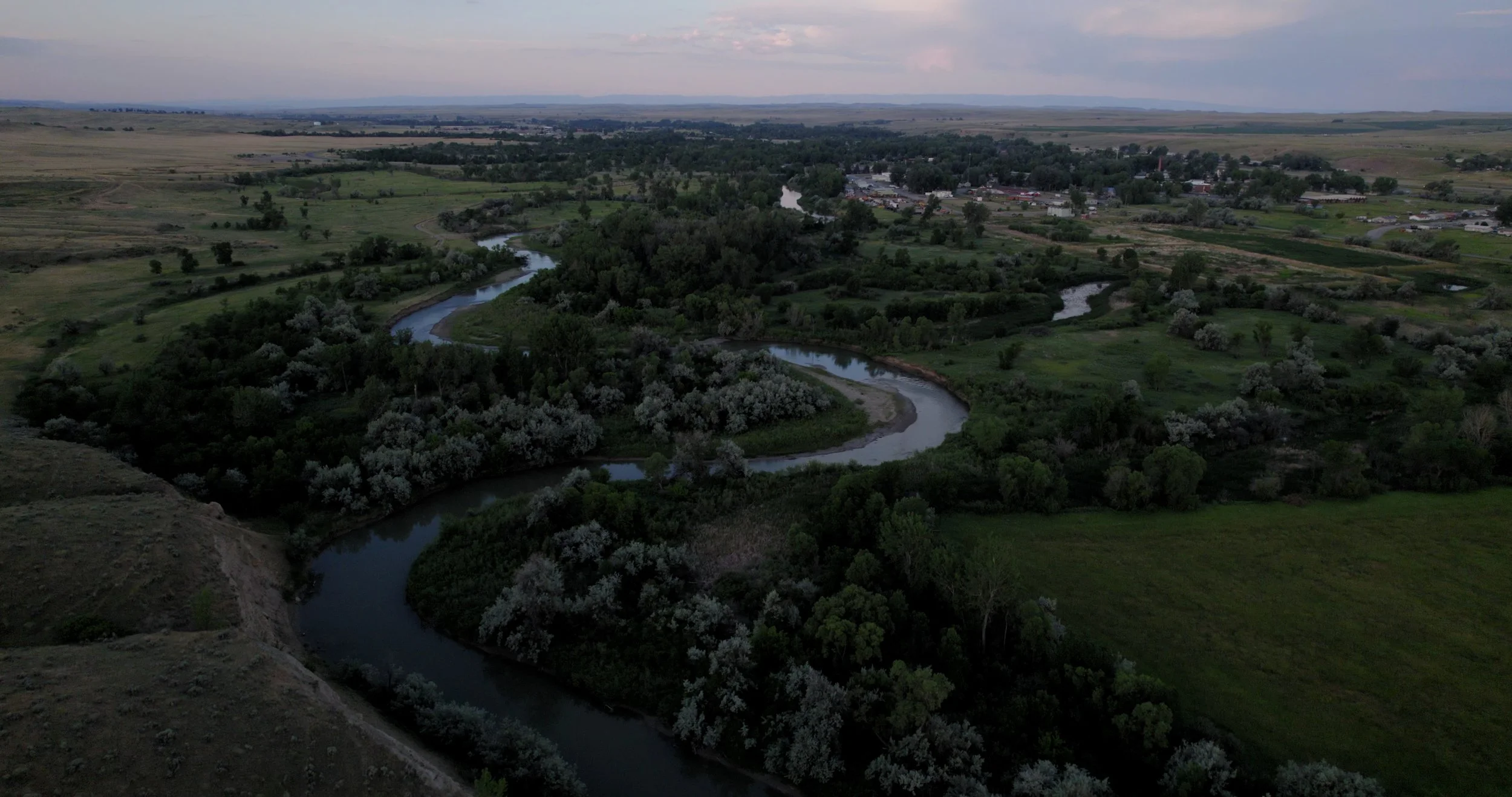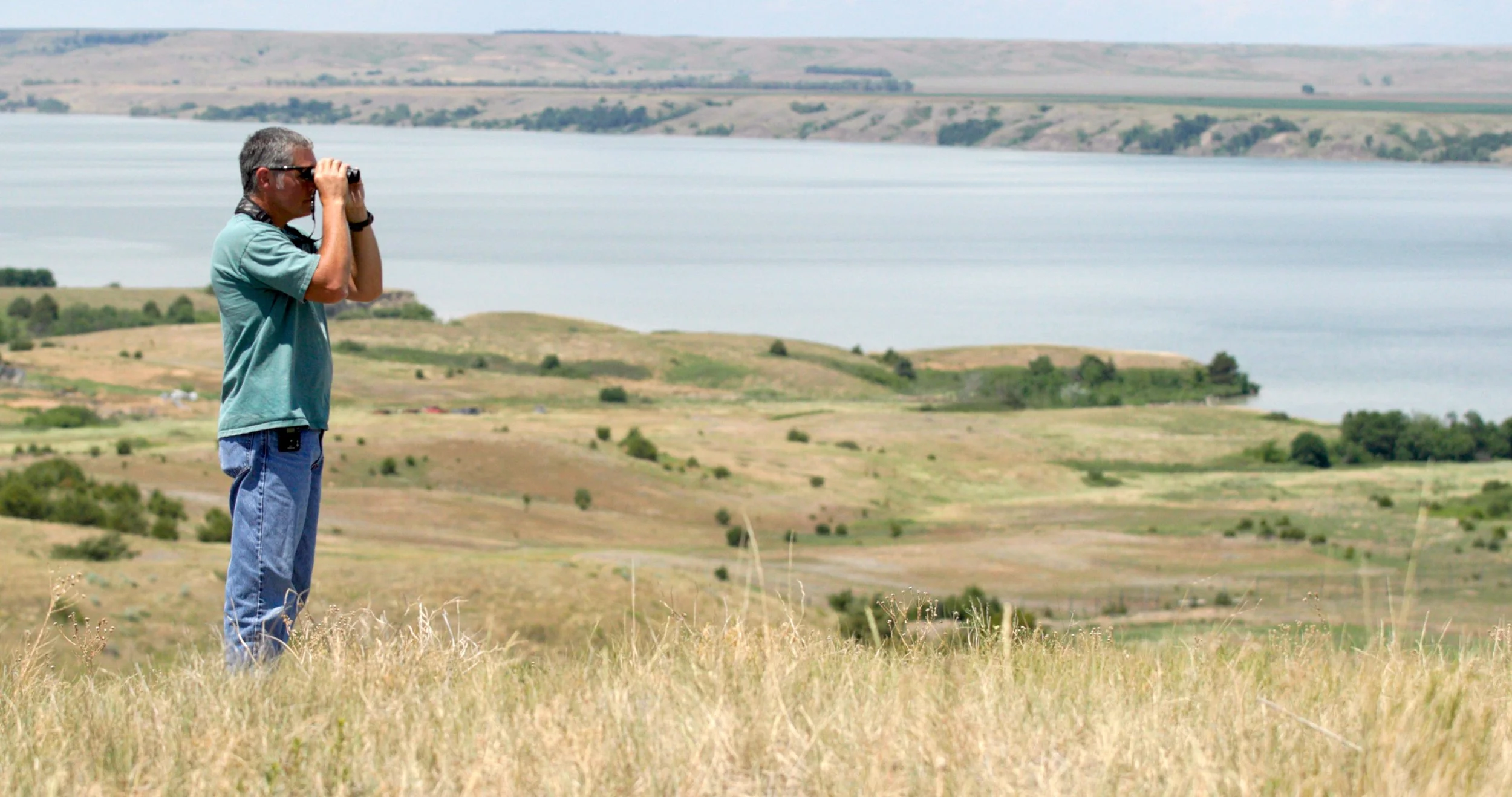
Stewarding Native Lands
Across the Northern Great Plains, Tribal Nations are continuing to steward Indigenous lands for current and future generations. Stewarding Native Lands produced for First Nations Development Institute, shares the efforts of these Indigenous communities to save endangered species, revitalize their languages, and rejuvenate their lands.

Stewarding Native Lands
Program Overview
Native American communities have sustainably managed their lands for thousands of years, cultivating, adapting, and transferring traditional ecological knowledge over many generations. This expansive reservoir of knowledge and deep connection to land keep Native communities strong and encourage the land to be more productive. Such relationships also benefit the natural world that we depend on, and the importance of being in harmony and true connection with places. The goal of the Stewarding Native Lands program is to provide financial and technical assistance to support Native ecological stewardship and improve Native control of and access to ancestral lands and resources to ensure the sustainable, economic, spiritual and cultural well-being of Native communities.
Lower Brule Sioux Tribe
Wildlife Biologist and Lower Brule Sioux Tribe member Shaun Grassal works to rehabilitate the Black Footed Ferret, one of the most endangered mammals in the country. Black-footed ferrets are federally endangered and culturally important. They are specialized predators of prairie dogs and bring balance to the prairie dog ecosystem. Ferrets are believed to possess knowledge of medicine and provide strength to those who emulate them because of their elusiveness and rarity. Restoring black-footed ferrets to tribal lands has national, ecological, and cultural significance.
Fort Belknap / A'aninin & Nakoda Tribes
Led by Josie Cliff, the NAEDC was created to build a strong Fort Belknap Indian Community through business, entrepreneurship, and community development. NAEDC accomplishes this mission through a variety of community and economic development activities specifically designed to create profitable self-sustaining businesses and long-term employment opportunities; including the provision of training and financial assistance to current and aspiring low-income entrepreneurs. Each of these activities is an important strategy for addressing the high levels of unemployment and poverty on the Reservation as well as a way to combat community deterioration within the region.

“This place makes me feel close to home. I’m proud to have this piece of land. I’m thinking about how to manage it to bring plants back, the prairie. I think I now know what joy means, and I’ve never had that before. I want to continue to have that with this land- to show respect. You’ve got to show respect for this land.”— Willis Medicine Horse, Crow Land Owner











